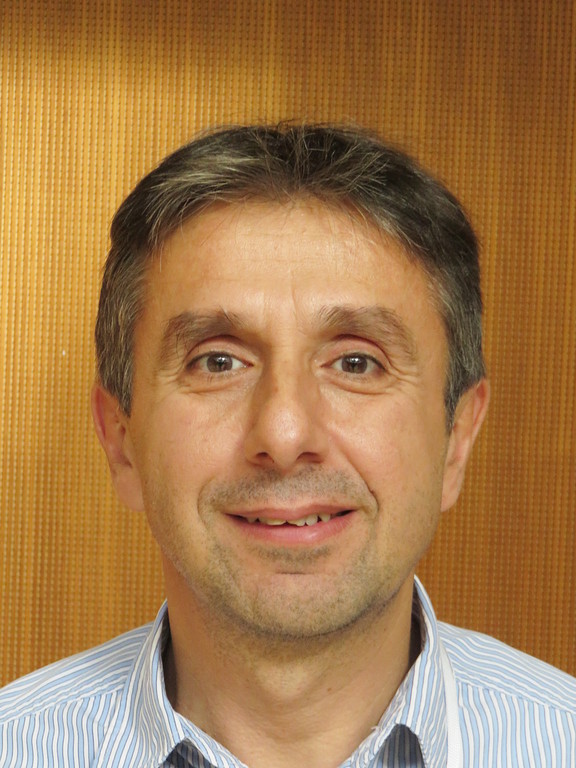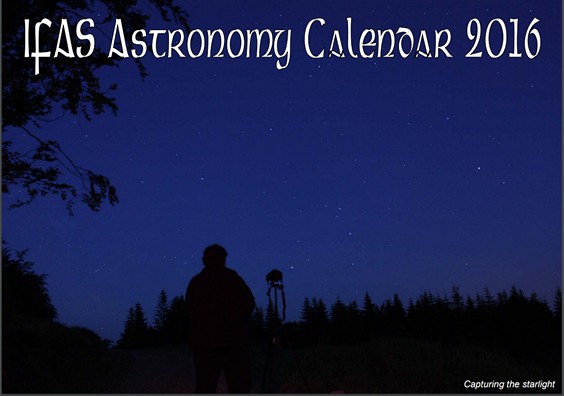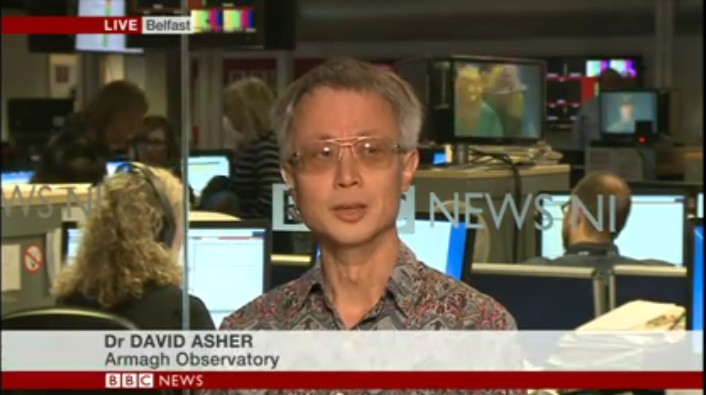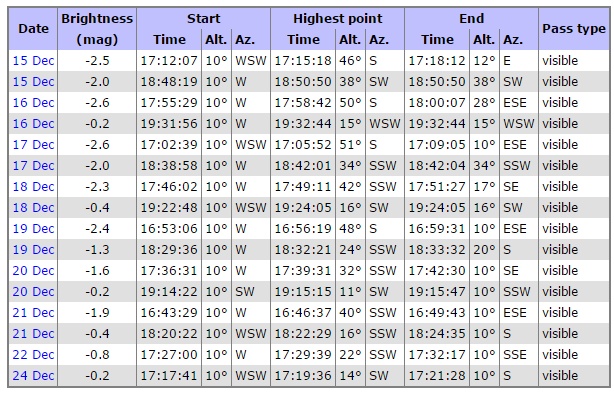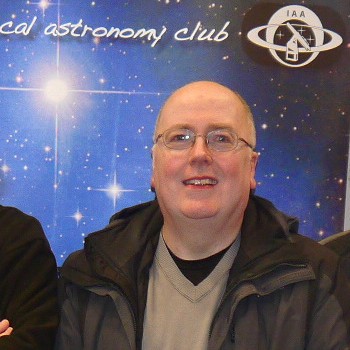The Sun is the most important astronomical object for humankind with solar activity driving space weather and having profound effects on climate and communications.
The Sun also offers an exceptional physics laboratory where we can study in detail the interactions between the plasma and the magnetic field over an enormous range of spatial and temporal scales. It provides a working example where the effects and phenomena that arise from this complex interplay are visible and can be studied continuously at unprecedented detail. Although these phenomena are likely to be much more pronounced in other cosmic objects, the Sun provides a vantage reference point to study the effects of rotation and magnetism when we can only catch glimpses of similar phenomena in other astrophysical sources.
The Daniel K Inoue Solar Telescope, under construction by the US National Solar Observatory, with first light expected in 2019, will be a revolutionary instrument for ground-based solar physics. It will operate in the optical and near-infrared and be the pre-eminent ground-based solar telescope for the foreseeable future. Key advances in its instrumentation over that currently available include ultra-high spatial (25 km on the solar surface) and temporal (millisec) resolution, high resolution imaging spectroscopy and coronal magnetometry.
I will start with a brief introduction to the field followed by some examples of our recent research. I will then provide a introduction to DKIST, highlighting its key instruments and the QUB-led UK contribution to this facility.
Doors open about 7.15pm. There is free parking available on the campus in the evenings. Admission Free, including light refreshments. We are located in the Bell Theatre, Department of Mathematics and Physics, QUB – details here……

